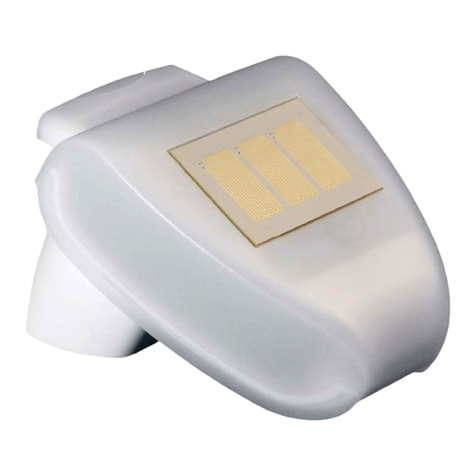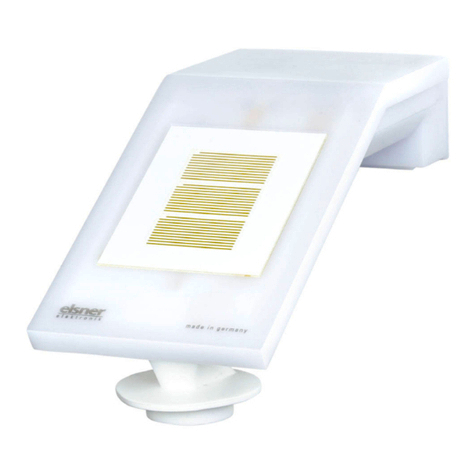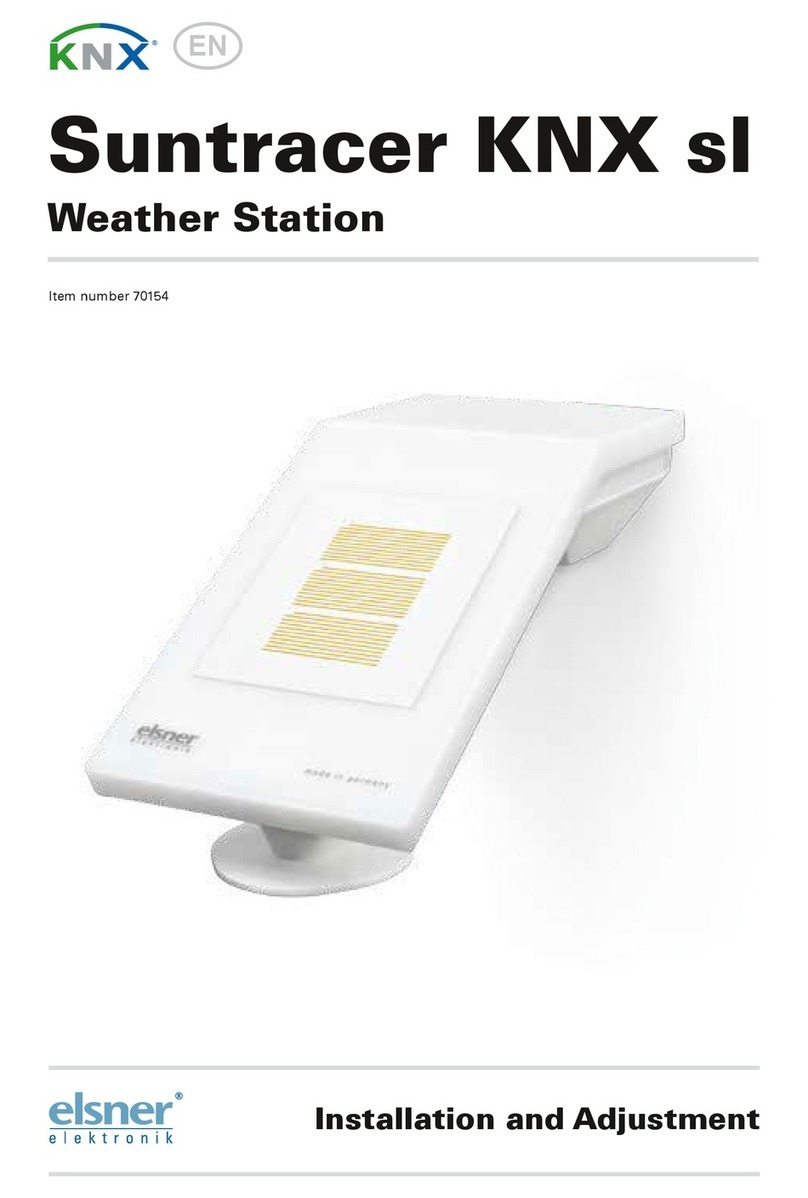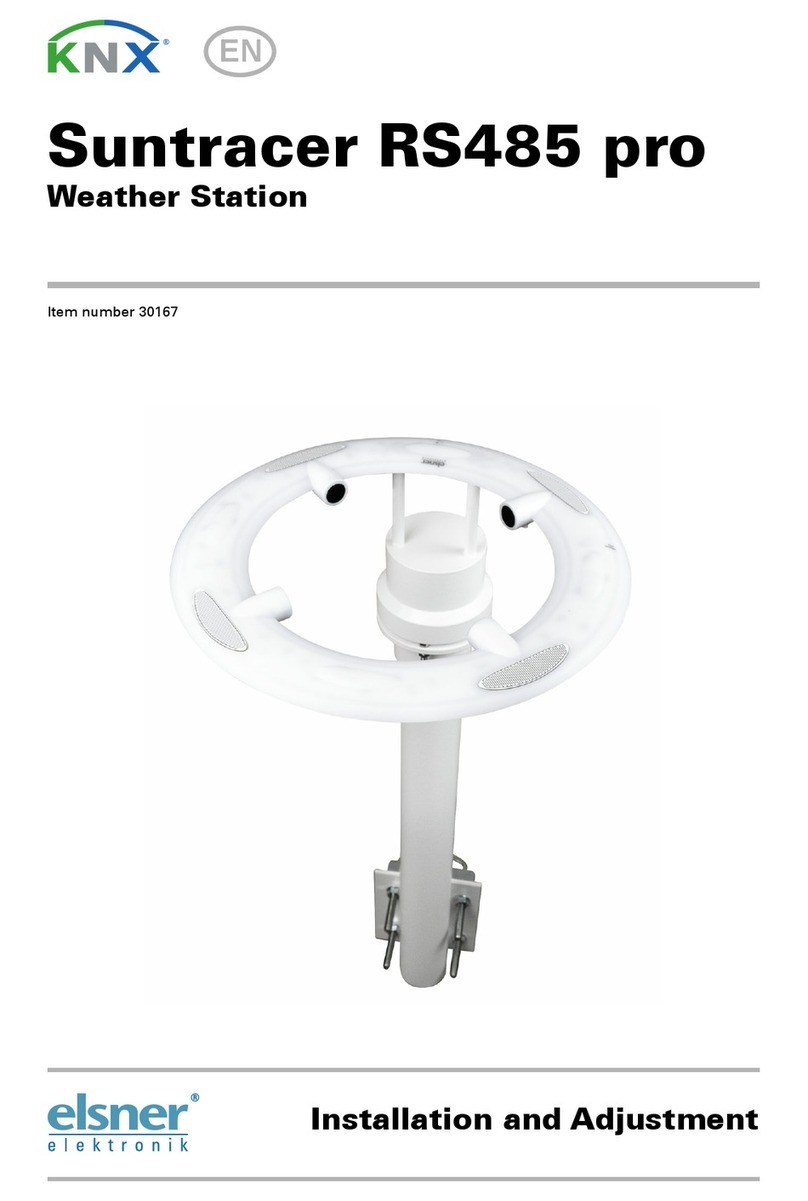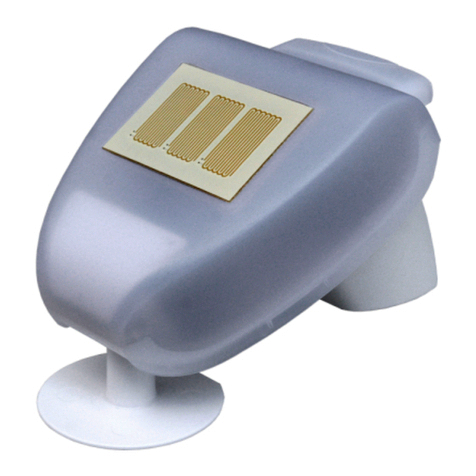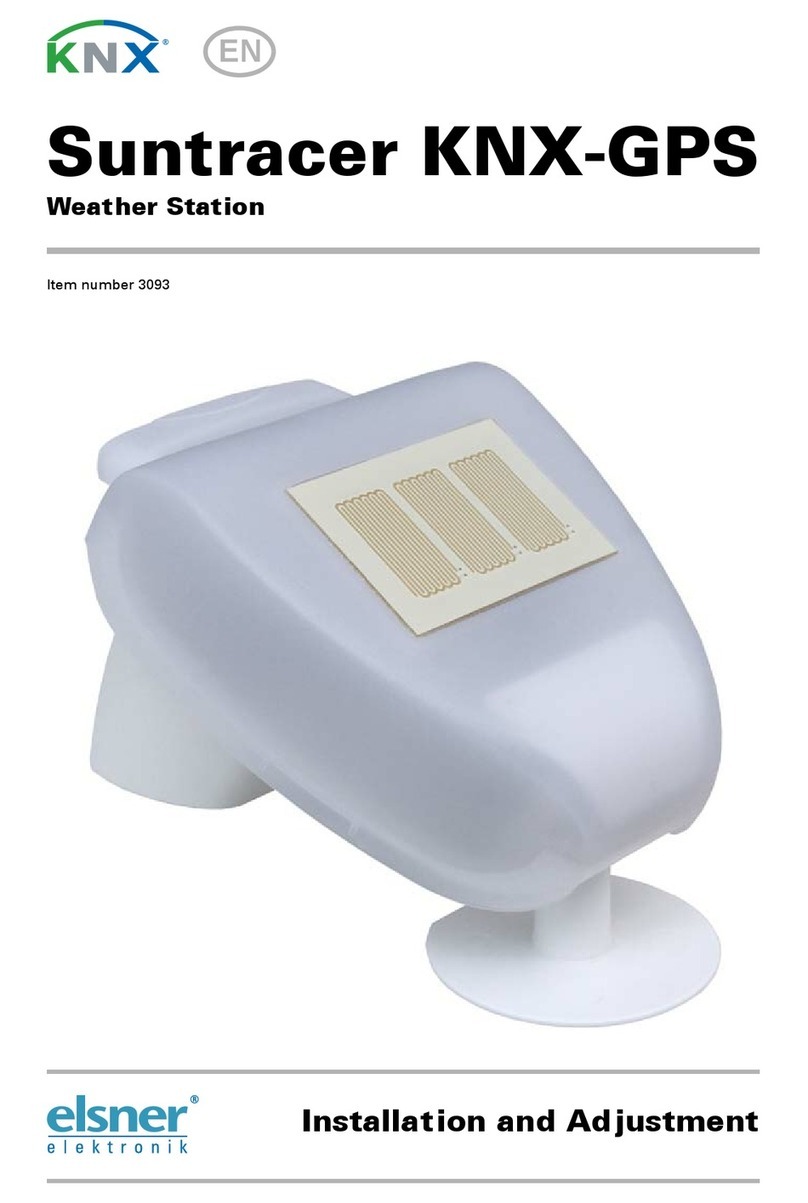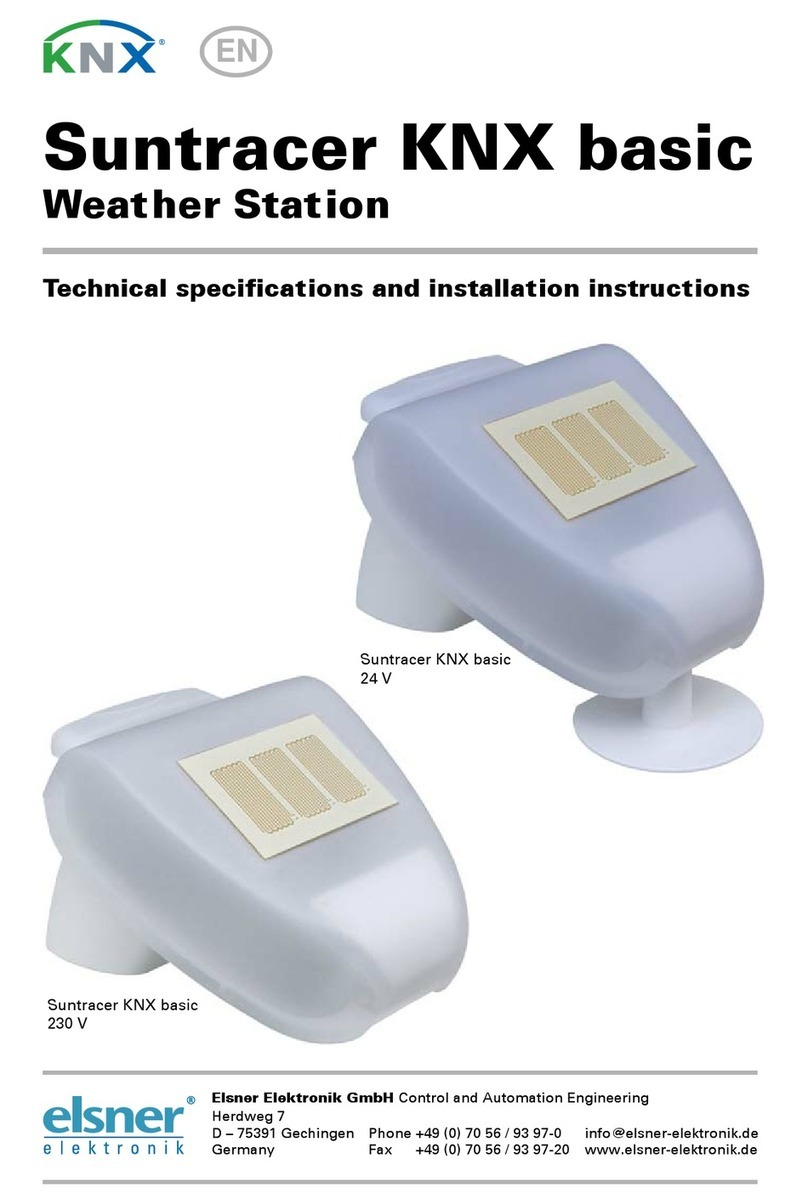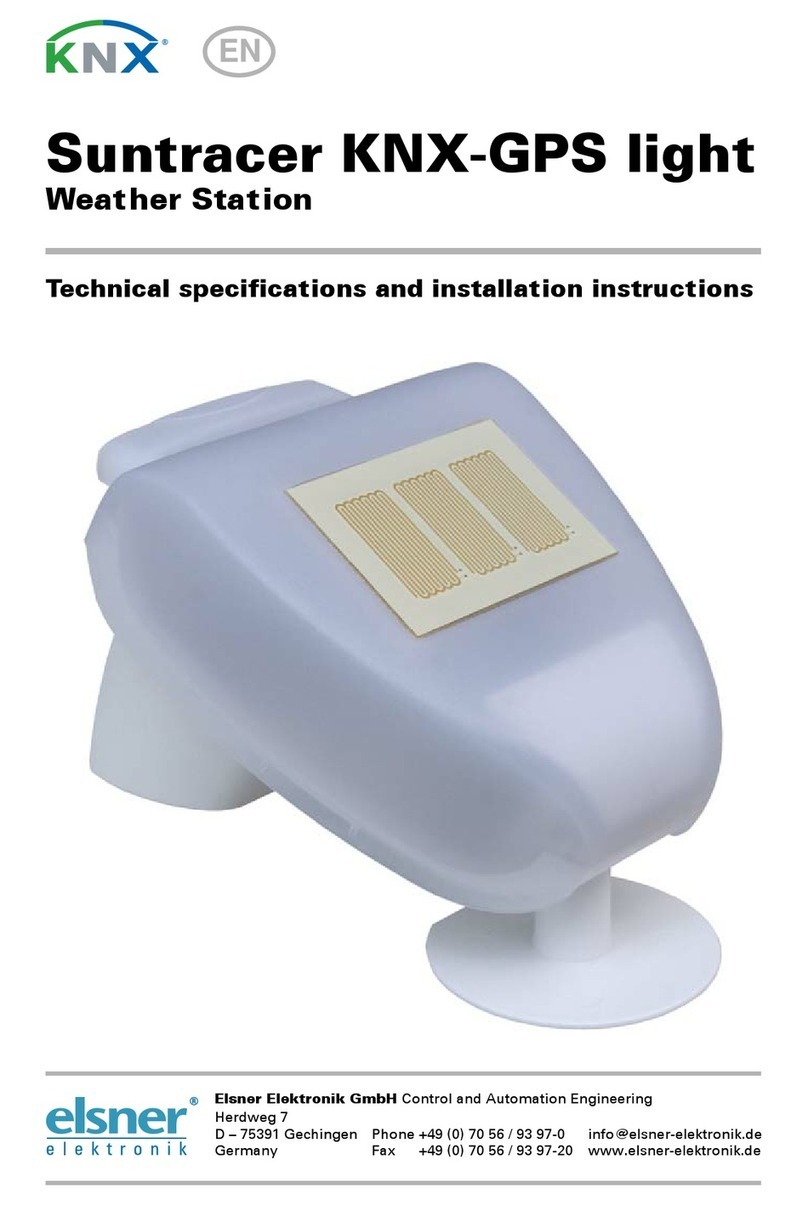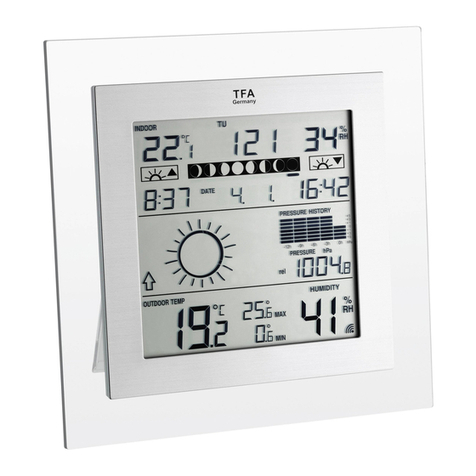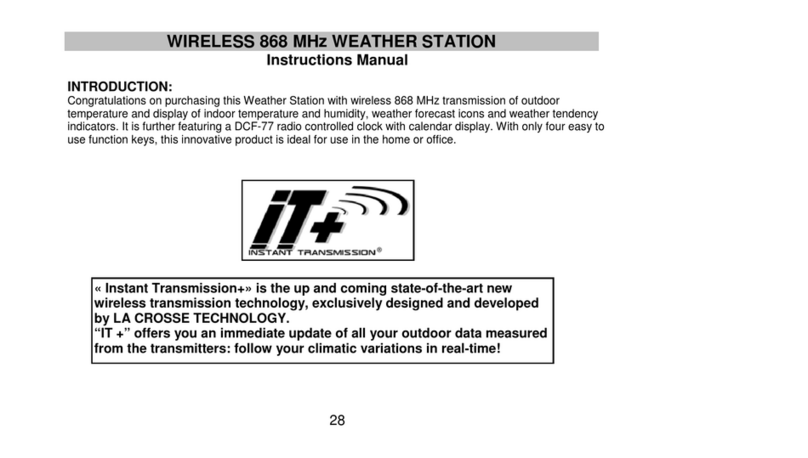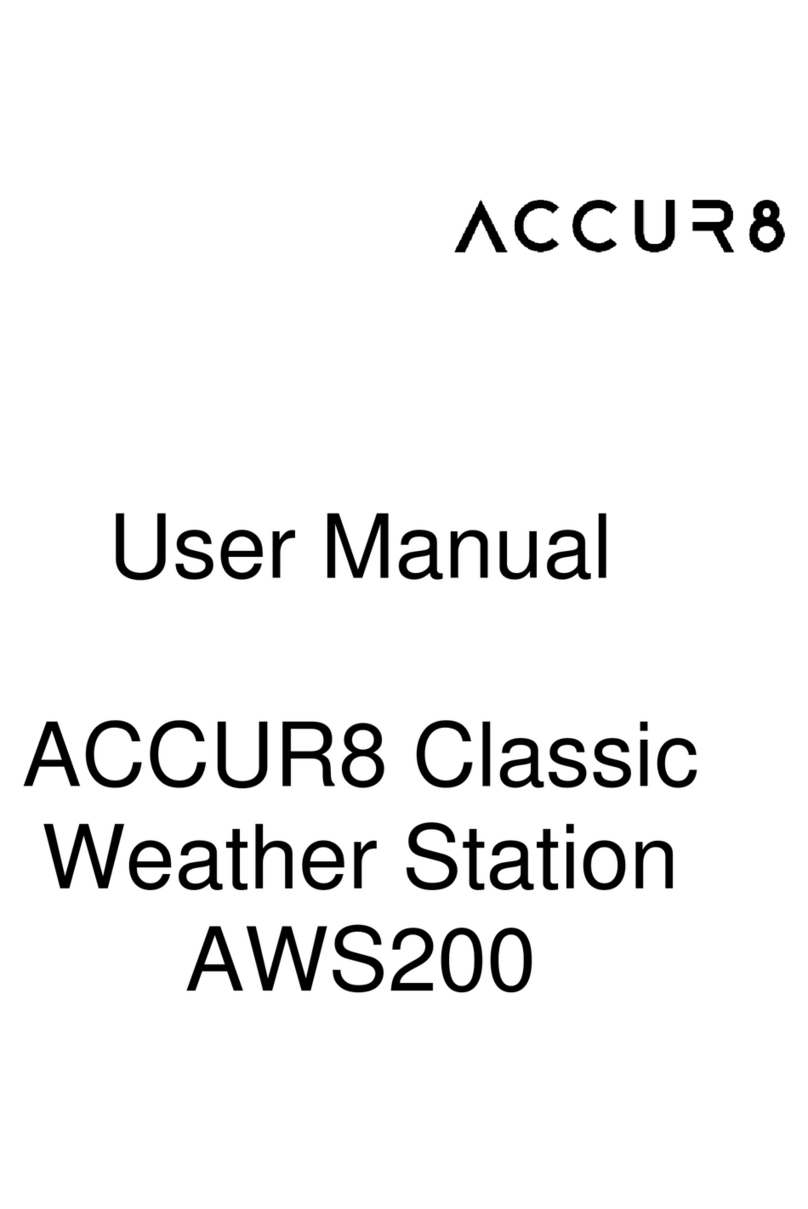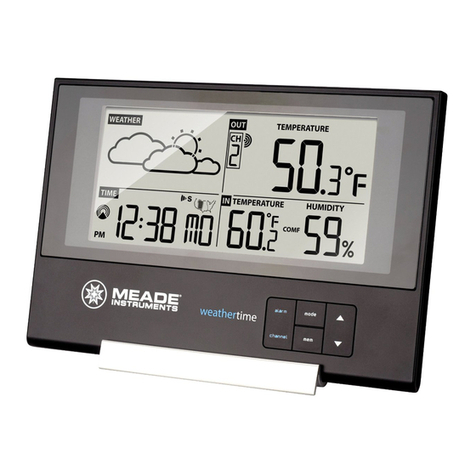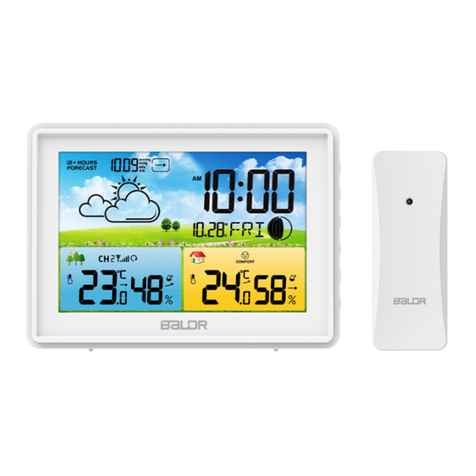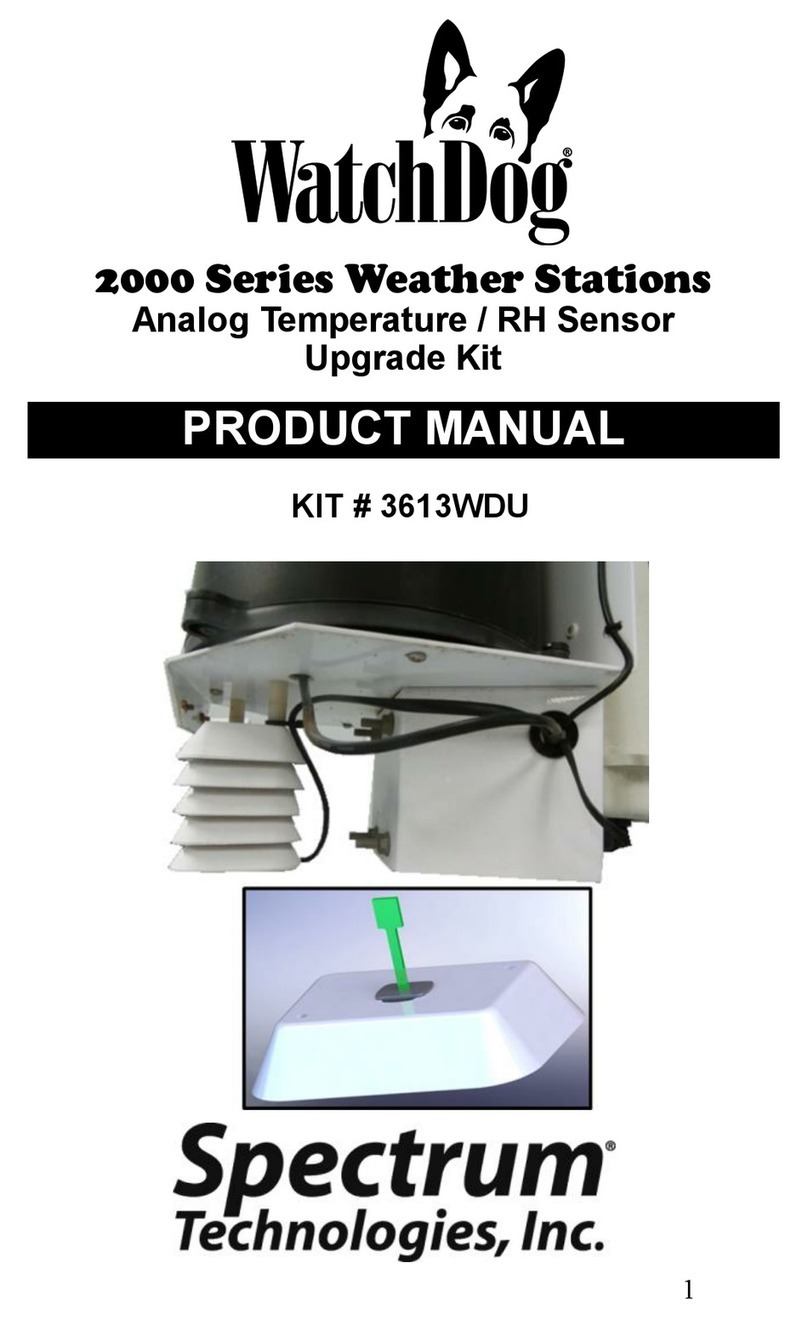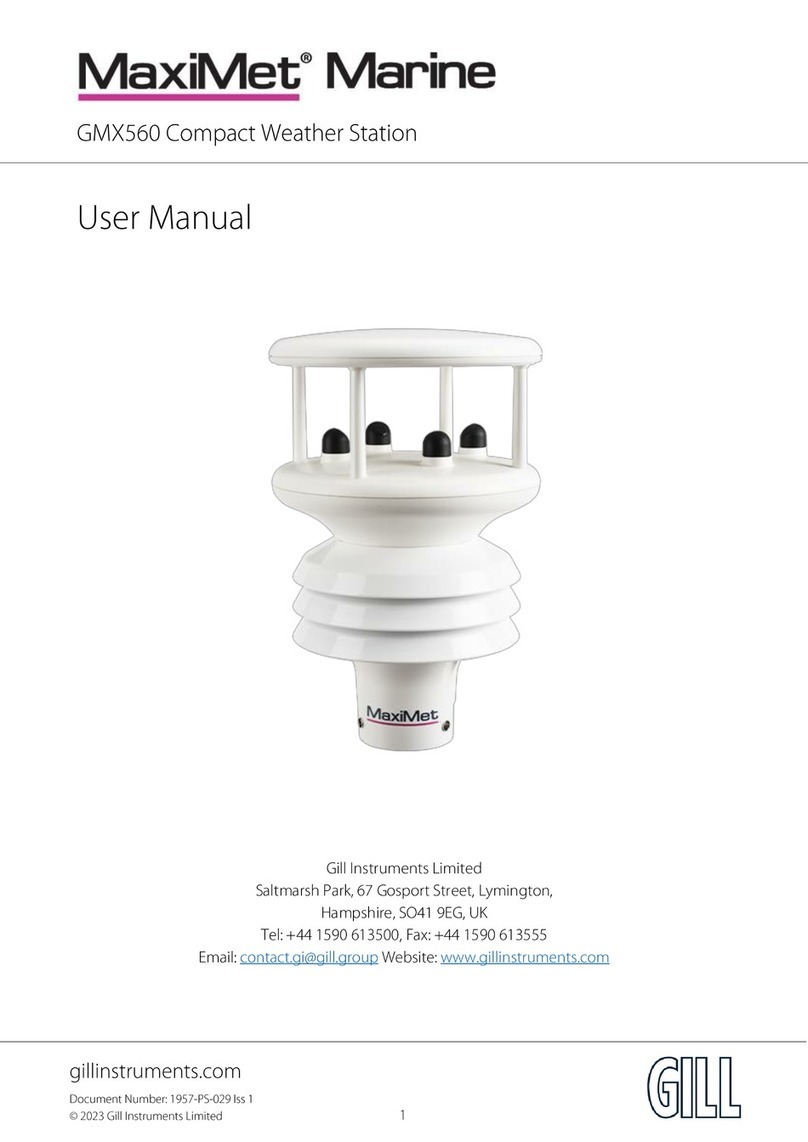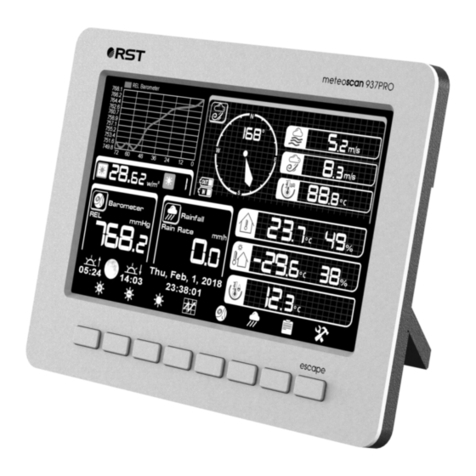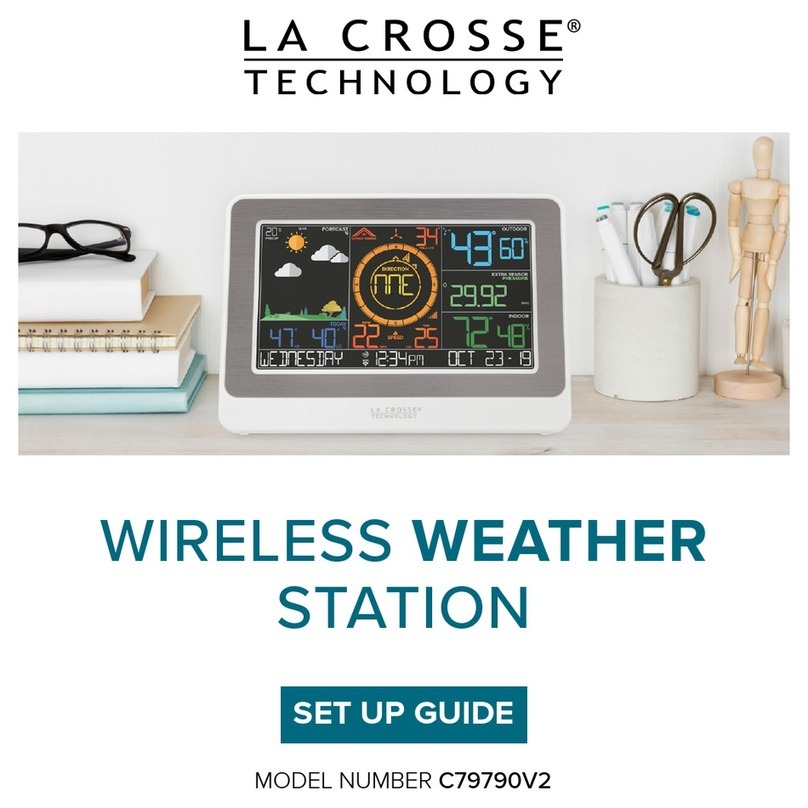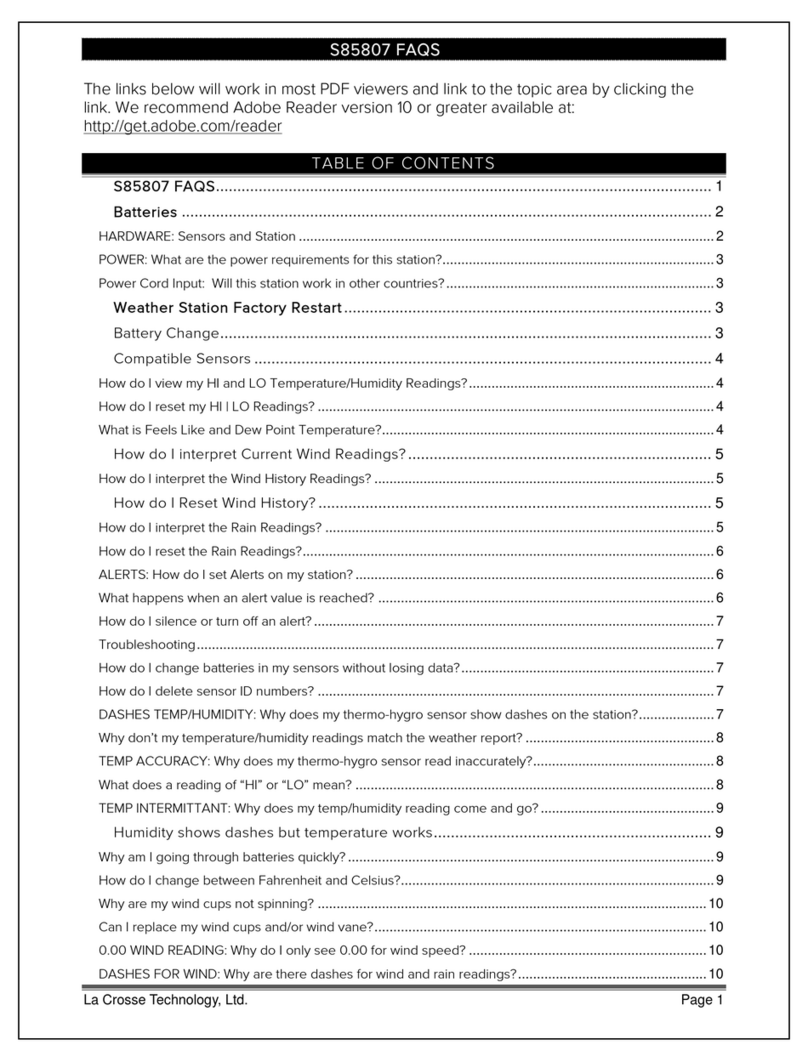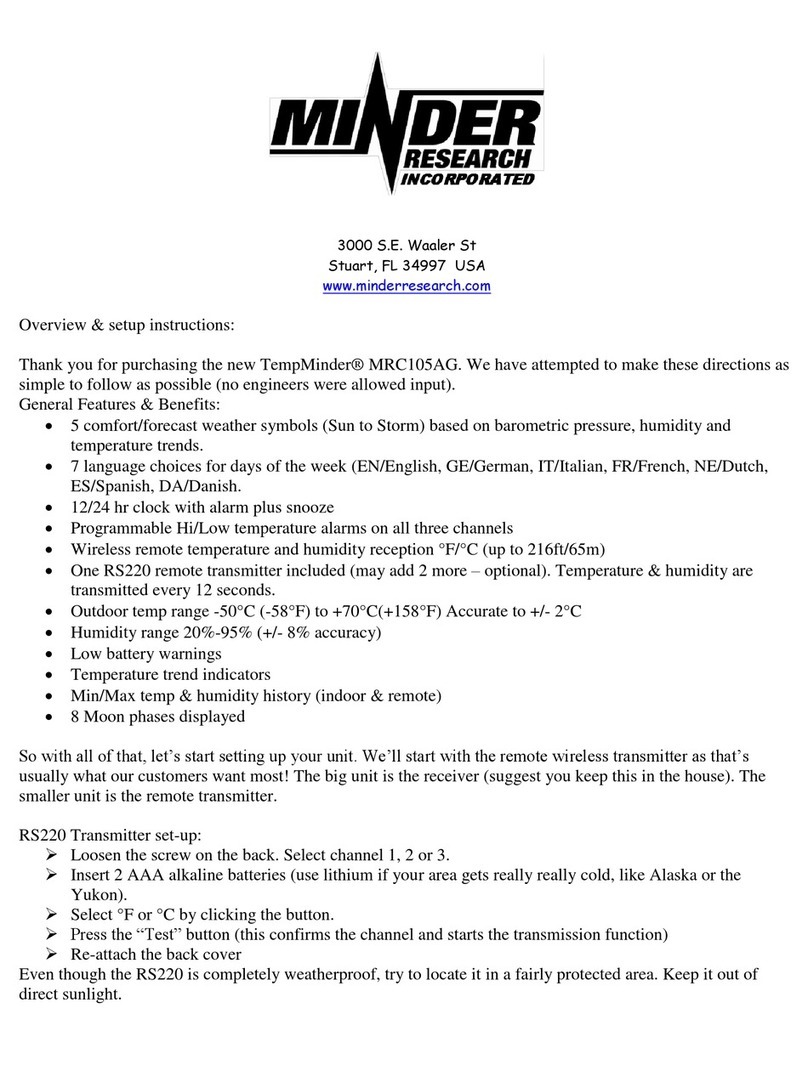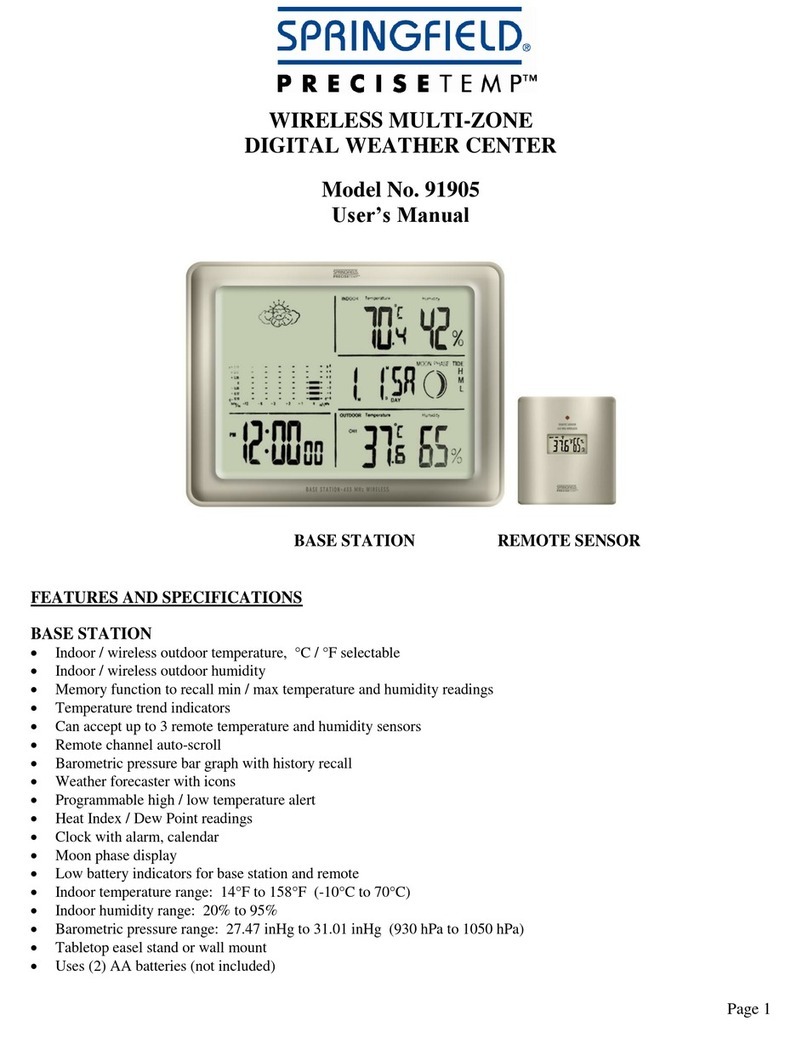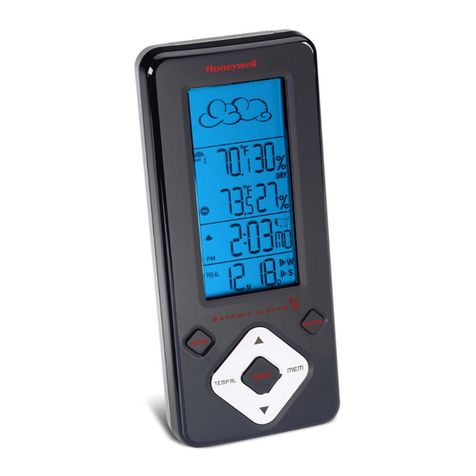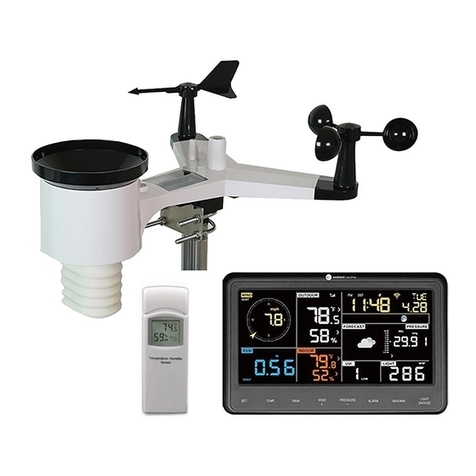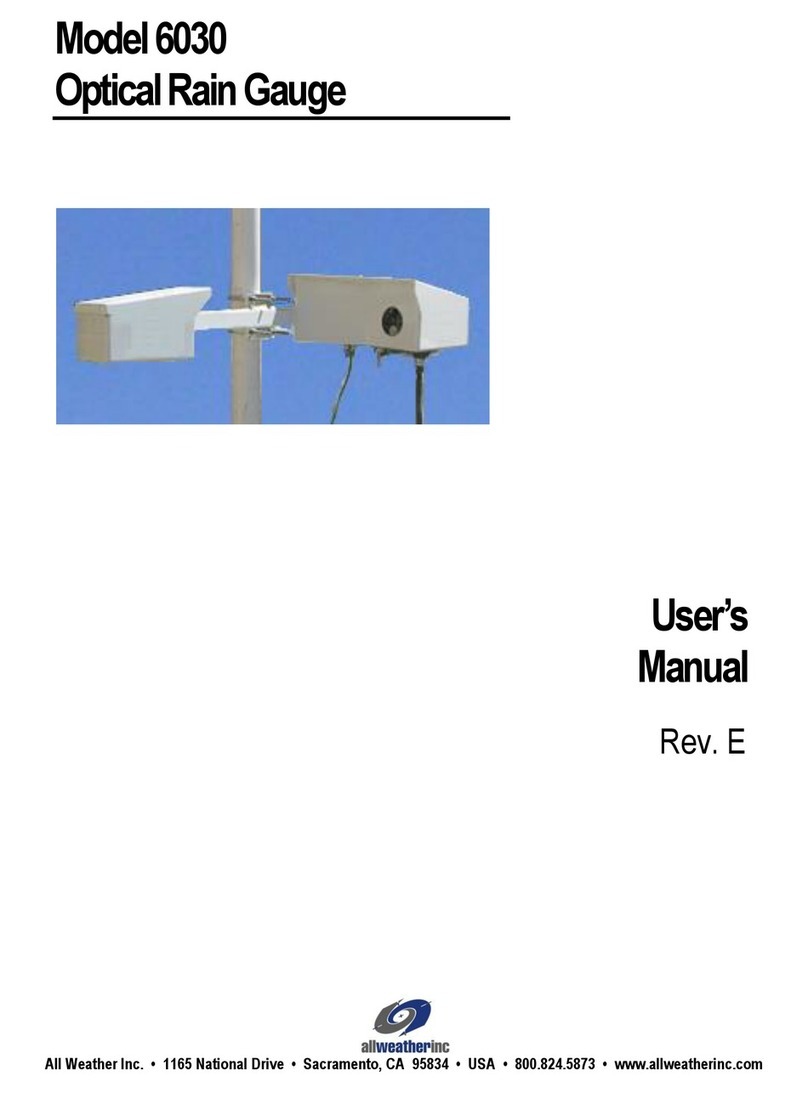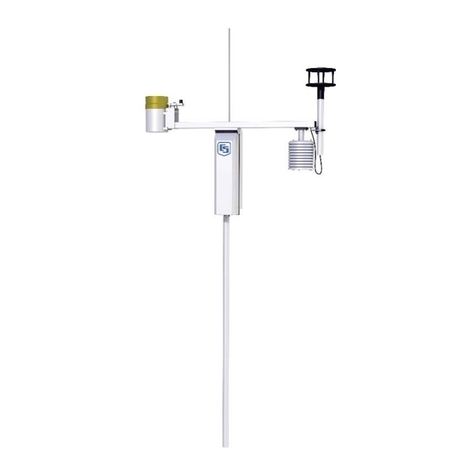
1 Contents
Elsner Elektronik GmbH • Herdweg 7 • D-75391 Gechingen • Germany
Weather Station Suntracer KNX basic • from software version 1.06, ETS programme version 1.1
Date of issue: 29.06.2012. Errors excepted. Subject to technical changes.
1. Description ........................................................................................... 3
1.1. Technical specifications ........................................................................................... 3
1.2. Notes on installation ................................................................................................ 5
1.2.1. Location ......................................................................................................... 5
1.3. Mounting the weather station ................................................................................. 6
1.3.1. Attaching the mount ..................................................................................... 6
1.3.2. View of rear side and drill hole plan ........................................................... 8
1.3.3. Preparing the weather station ..................................................................... 9
1.3.4. PCB layout ................................................................................................... 10
1.3.5. Mounting the weather station ................................................................... 11
1.4. Notes on mounting and commissioning .............................................................. 11
2. Maintenance ....................................................................................... 12
3. Transmission protocol ....................................................................... 13
3.1. List of all communication objects ......................................................................... 13
4. Setting of parameters ........................................................................ 17
4.1. General settings ..................................................................................................... 17
4.2. Temperature ........................................................................................................... 18
4.2.1. Temperature threshold value 1 / 2 / 3 / 4 .................................................. 18
4.3. Wind force ............................................................................................................... 19
4.3.1. Wind threshold value 1 / 2 / 3 .................................................................... 19
4.4. Brightness ............................................................................................................... 21
4.4.1. Brightness threshold value 1 / 2 / 3 ........................................................... 21
4.5. Dawn ....................................................................................................................... 21
4.5.1. Dawn threshold value 1 / 2 / 3 .................................................................... 21
4.6. AND Logic ............................................................................................................... 21
4.6.1. AND Logic 1 / 2 / 3 / 4 / 5 / 6 / 7 / 8 .............................................................. 21
4.6.2. Linkage inputs of AND logic ...................................................................... 22
4.7. OR Logic .................................................................................................................. 23
4.7.1. OR Logic 1 / 2 / 3 / 4 / 5 / 6 / 7 / 8 ................................................................ 23
4.7.2. Linkage inputs of OR logic ......................................................................... 24




















